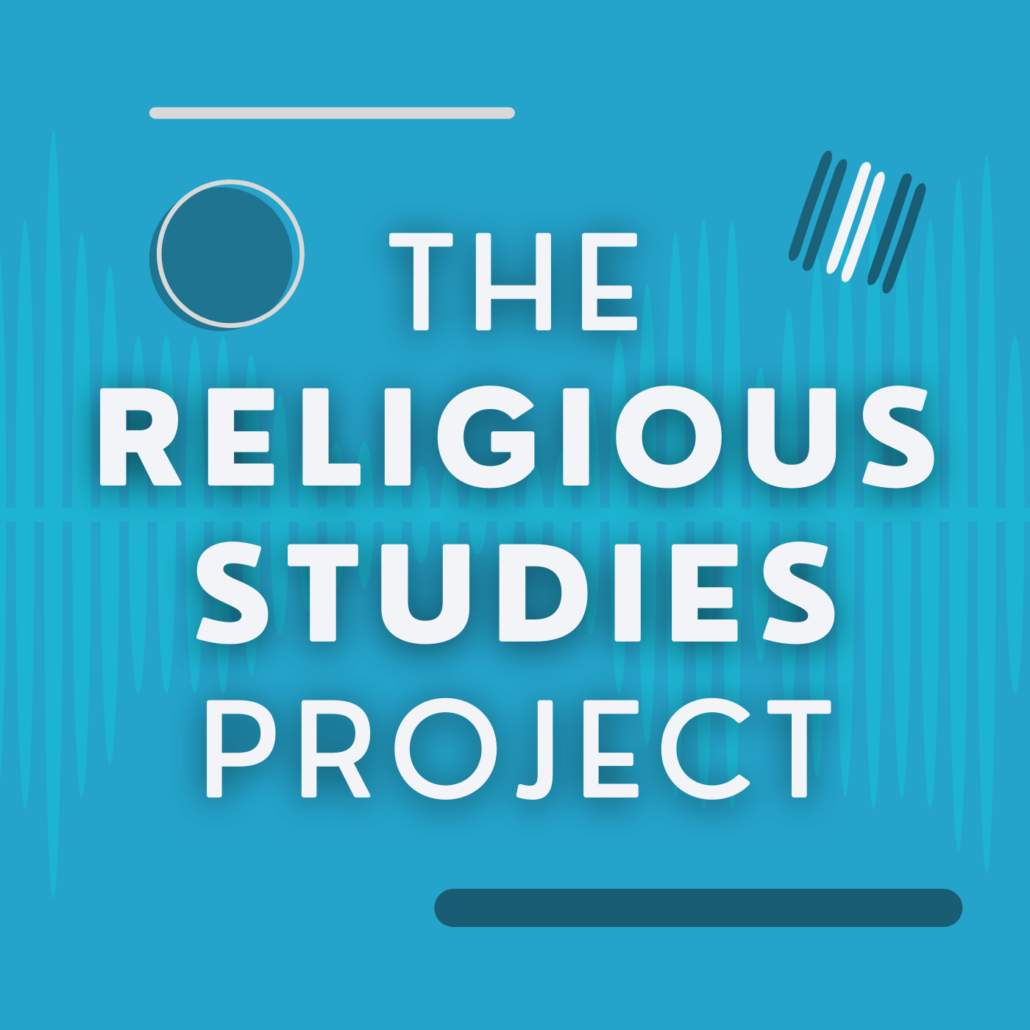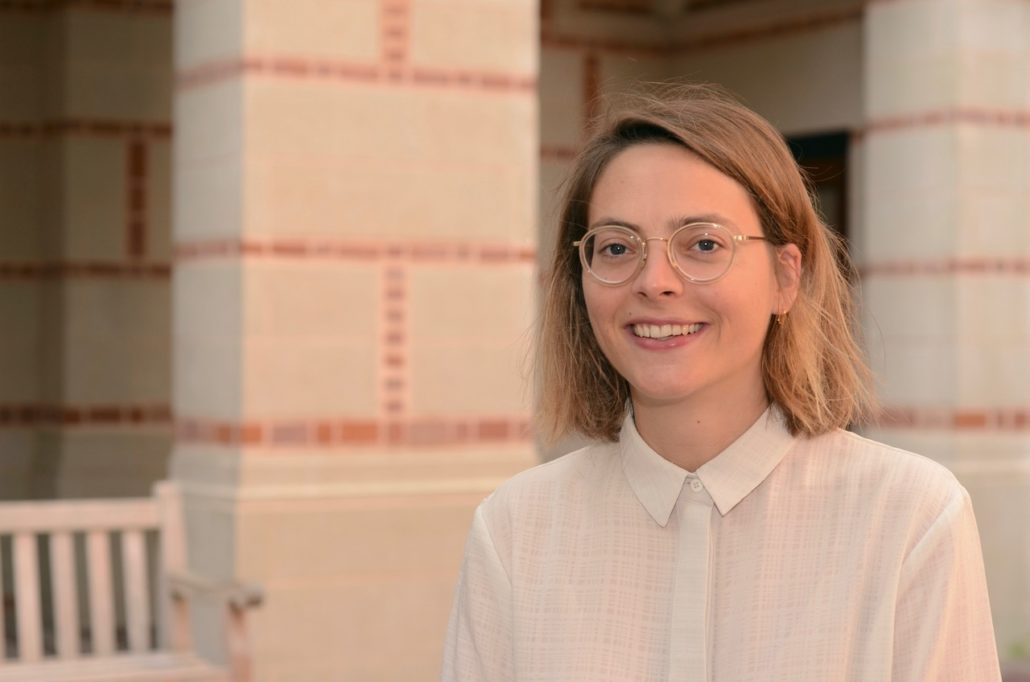A Response to “African American Spiritual Churches”
by Justine Bakker
Margarita Simon Guillory’s interview presents me with an opportunity to revisit a major question in the study of African American religion(s). That is: How do we name and theorize the practice of combining different belief systems to create a unique new religion? Thinking through the ways in which African American Spiritual Churches in New Orleans combine a host of religious ideas and practices, Guillory utilizes the term “blended.” ‘And I like that term, blendedness,’ she adds, emphasizing the significance of the term. While I have studied what Guillory would call “blended religions”—specifically those that we find in the black esoteric milieu such as the Moorish Science Temple of America and Nation of Islam—the term itself was new to me. Guillory mentions it only in passing, quickly moving on to other questions and issues perhaps more directly related to her work: the interview provides an exciting teaser to her new book, which is itself a much-needed reminder of the importance of historical and social-scientific research on African American Spiritual Churches in New Orleans. But the concept of “blended” stuck with me. Therefore, I’d like to take this opportunity to explore the work that the term “blended religion” could do in and for Religious Studies, in particular the study of African American forms of religion and religiosity.
First things first: “blended” serves to replace that well-known but heavily criticized concept of syncretism; ‘syncretic,’ we hear Guillory say, ‘is not the term I want to use.’ It was Melville Herskovitz who, in the 1930s, was the first to utilize syncretism in the context of black America to account for the presence of numerous and various strains of culture, among which were so-called “Africanisms.” Herskovitz’s model has since been criticized as positing an essentialist—some would even say racist—take on (black) culture, and Guillory is certainly not the first scholar in black religious studies to posit an alternative. In his study of black Israelite religion, historian Jacob Dorman conjures up, for instance, “polycultural” as an improvement. Polyculturalism, he writes, rejects the idea of cultures as bounded and static in favor of an approach that views them as ‘multiple, unhierarchical, unbounded, and “impure”’ (Dorman 2012: 19). And to be sure, polyculturalism, a term Dorman in turn borrowed from historian Robin D.G. Kelley, helps us to more fully understand the nature of black religion.
If polyculturalism already functions as a much-welcomed alternative, what, you may ask, does “blended” contribute? Grounded in the verb to blend, meaning to mix, to mingle or to combine into an integrated whole, blended has, I think, a leg up because it points us to the presence of an agent or actor, to someone or something doing the mixing or combining. That is, as the noun “blended religion” contains the trace of the verb “to blend” it signals not only the amalgamation of two or more strains of thought, but also allows us to see the role of the individual in these new—and, to be sure, ever-shifting—formations. The term blended, then, reveals in and of itself the role of what Dorman calls religious bricoleurs, or those individuals that creatively combine a host of different influences to fashion new religious narratives that redefined religious, national, and racial identities. Using the term “blended” when describing the form or structure of religious movements, then, allows us to comprehend fully and to recognize the presence of human agency in the fluid and dynamic confluence of various ideas and practices that make up their formation.
To be sure, blended does not solve all problems that syncretism posed. Read alongside Bruce Lincoln’s “Retiring Syncretism” (2001), one could argue, for instance, that “blended” continues to obscure unequal power relationships, suggesting as it were that the exchange of ideas happens on equal terms. Likewise, the term “blended” dwells a bit too comfortably with what Lincoln (2001: 455) rightfully terms the ‘discredited American melting pot’. These critiques are particularly acute in the context of the African American Spiritual Churches, the topic of Guillory’s research, which indeed display a striking and explicit mix of a variety of religious and cultural formations such as Haitian vodou, Pentecostal traditions, Catholicism, and Spiritualism, but have also been marginalized and ridiculed. And yet, the term “blended religion” resists the notion that such unequal power relationships prohibit the possibilities for productive and creative thought, prohibit the ability to fashion new religious narratives in the face of antiblack white supremacy. The term blended suggest to me that these religions are the product of human agency, rather than merely the inevitable outcome of colonial conquest. Conceiving spiritual churches as blended highlights the ways in which so many men and women emerged as innovative religious thinkers, conveyers of cultural meaning that, creatively and well considered, incorporated and synthesized a range of ideas to fashion new religious narratives.
Blended, however, raises another problem: it suggests the outcome of a process that is already complete. People, or so the argument would go, blend a variety of ideas and practices to produce a particular blended religion as a finished product. This is, incidentally, also the way we often tend to think about influences—as if religious leaders and followers stop combining and incorporating ideas once there is a full-fledged theology in place. To counter such assumptions, the term “blending” would work perhaps even better. For example, it has been argued that the founder of the Nation of Islam, Fard Muhammad, synthesized Freemasonry, teachings of the Moorish Science Temple of America and Marcus Garvey’s Universal Negro Improvement Organization, and an allegorical reading of the Qur’an and the Bible with the work of Jehovah’s Witness Judge Rutherford to develop his own “blended” version of Islam. Since 2010, the NoI has, however, also incorporated elements of Scientology, in particular auditing. While additional research needs to explore further the relationship between the two movements, this much more recent confluence of ideas demonstrates that “blending” is a continuous process.
“Blending religion” thus points not only to the amalgamation of religious ideas and the role of human agency, but also underscores that religion is a process, that religious traditions are never static but always changing, malleable, ever-responding to and in conversation with the world around them. What, for instance, are the effects of Katrina on the religious beliefs and practices of African American Spiritual Churches? Margarita Guillory notes that the number of spiritual churches in New Orleans went from 50 to 2—a significant drop that potentially encourages, perhaps even forces, practitioners to, even if ever so slightly, refashion their religious narratives. Or consider the effects of new medias, such as social media, on religious formations—another theme that Guillory touches upon in the interview. To what extent do these developments invite the incorporation of new ideas, invite one to blend once more? Blending, to be sure, is effected by numerous factors; a particular “blended religion” and its development are therefore contingent. As religions, like cultures, are always in-flux, we need a concept that can capture their ever-changing nature. Syncretism, surely, failed to do so; could blended/ing offer a solution?
References:
Dorman, Jacob S. 2013. Chosen People: The Rise of American Black Israelite Religions, Oxford: Oxford University Press.
Lincoln, Bruce. 2001. “Retiring Syncretism”, Historical Reflections 27(3): 453-9.



